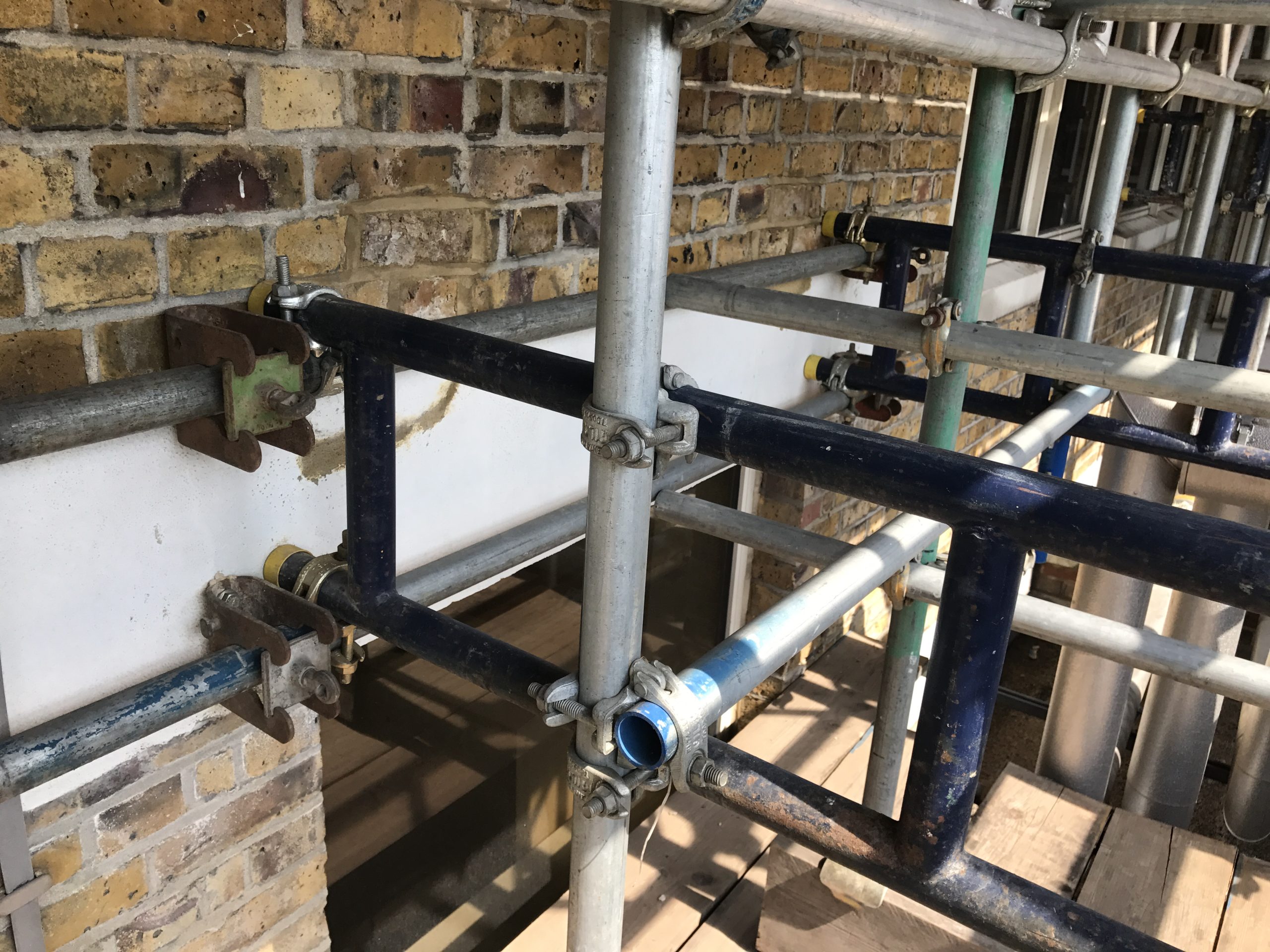
mtecadmin | 11 January 2022
When is Scaffolding Required?
When deciding whether you should be looking for scaffolding to hire, there are some things to consider. In order to make working at height safe a lot depends on who and what it is for. For example, you are planning to do some home improvements. Perhaps you plan to climb on to your roof and giving it a good clean. The question is, can be done using a ladder or other equipment? The answer, whether it can be done, or whether it should be done is perhaps something to think seriously about. When working on your own property, a person should consider the need for residential scaffolding. MTEC specialise in safe access for a home owner or small business. In conclusion, any job working at heights requires safety equipment and residential scaffolding is by far the safest way!
When it comes to commercial scaffolding requirements, ideas seem to vary over when it becomes necessary. For example, the Working at Height Regulations 2005 do not specify a minimum height requirement. However, in other industries the generally accepted rule is that anyone working 4 feet or above should employ the use of scaffolding. For the construction industry we provide safety precautions when working above ground level. Why the difference? People consider those in the construction industry more competent and experienced at working at height. Therefore, the only real consideration should be the risk involved to anyone that works above ground level. Whereas, some safety measures may not be required by law, having a competent person to assess risk is essential. That way, you can decide what measures to put in place.
Risk assessments are all about looking at a possible hazard and checking what the risks are. For example, a fire is a hazard. The risks are: someone getting burnt, other materials catching fire, and so on. One thing is certain, serious accidents do happen. Even amongst experienced professionals, working at any height is a serious risk.
Although we recognise that the only way to eliminate risk altogether is to not undertake any jobs in the first place, we should also take our own safety, and the safety of others, seriously. So, a risk assessment’s purpose is, to find a way to either eliminate the risk, or reduce it as much as we can. Finding a reputable company that can offer you scaffolding to hire that is in good condition, is certainly one way to reduce the risk of falling. By increasing stability using a platform and secure framework scaffolding is the best way to safely access areas above ground level.
When contemplating the need for scaffolding we should also consider the tools and equipment that is needed to complete the task at hand. For example, a brick layer may be able to complete a task without the use of scaffolding. However, should that person lose his or her grip on the bricks, are others at risk of getting hurt? Climbing a ladder and propping up a tool bag or kit can compromise a person’s stability. Therefore, erecting scaffolding would be the better option for these kinds of tasks. You should also consider the need for internal scaffolding when working at height inside a commercial building, home, or other structure.
Our scaffolding specialists can advise you on what scaffolding you may require to get the most benefit from this supporting structure. If you require scaffold for a new build, we can use our architectural design services to plan when and where you will require the scaffolding. As the building work progresses we can add lifts and even provide loading platforms for materials. This will be used in conjunction with your own building plans and layout. Including taking into consideration the changes in risk along the way as well as the dimensions and modifications of the build itself.
For more information on scaffolding hire, contact us here at MTEC Scaffolding today.